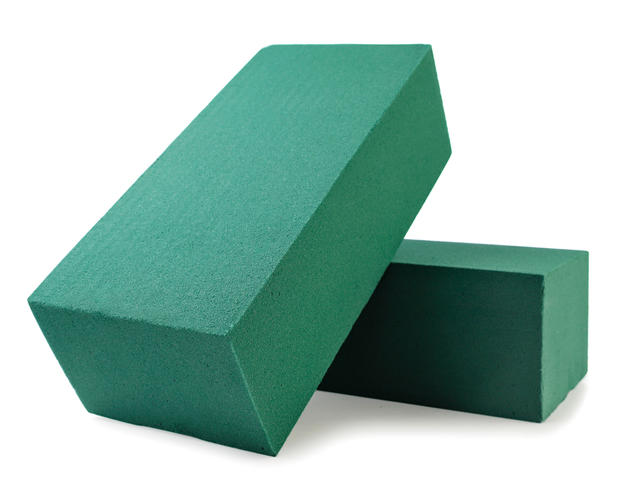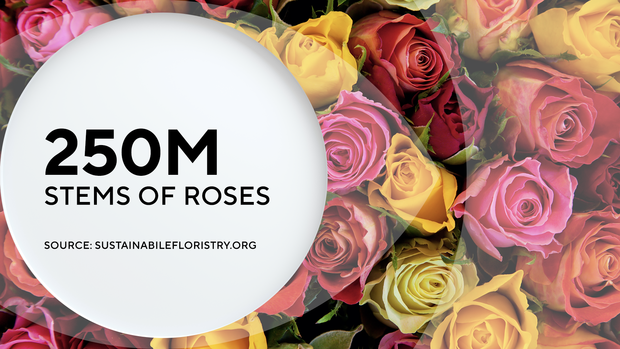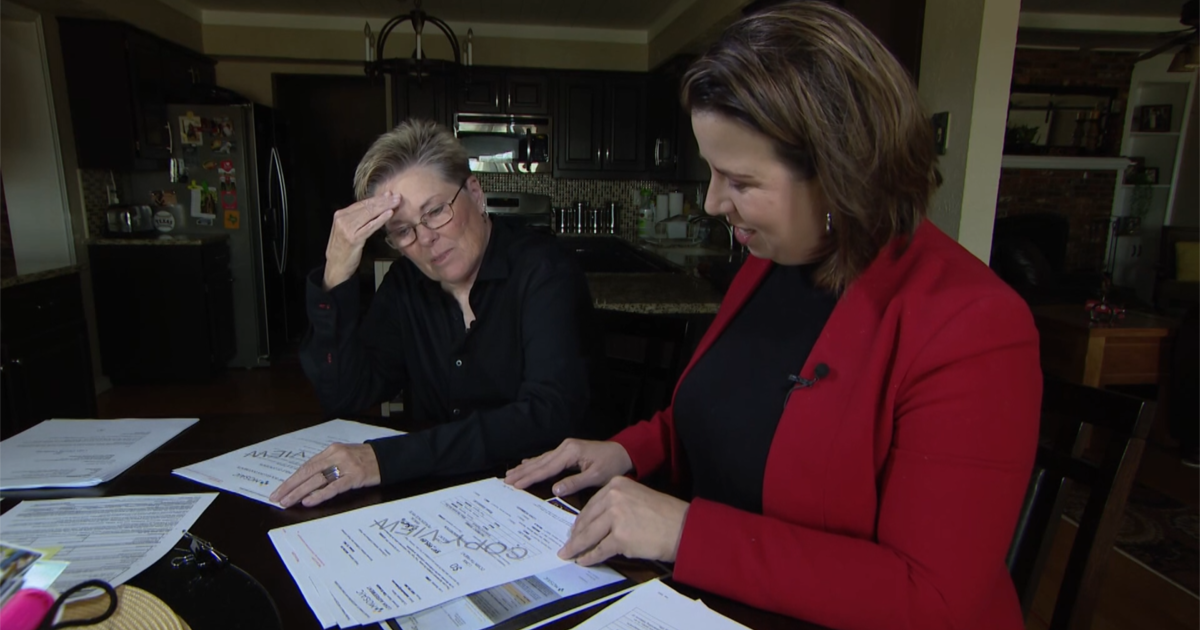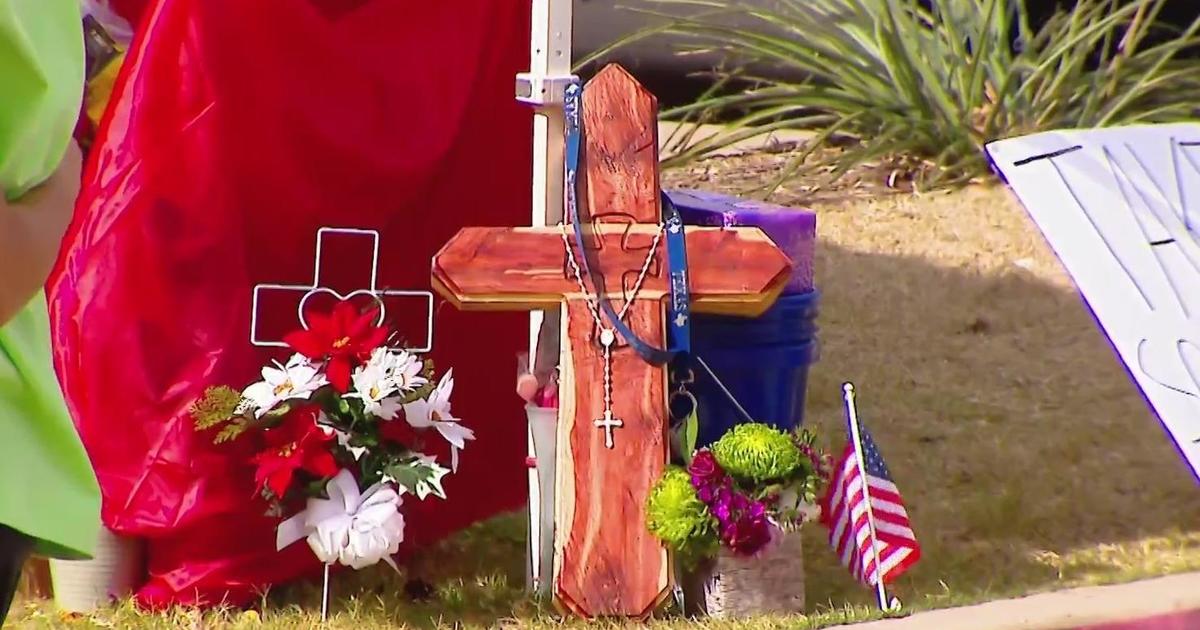Climate Connection: Sustainable Valentine's Day
NORTH TEXAS - Love is in the air. From chocolates to stuffed animals, love birds around the world are searching for that perfect gift to signify their love.
When you think of Valentine's Day, you think of flowers. But you may be surprised to know that these romantic flower arrangements aren't good for the environment. Rita Feldman, The Sustainable Floristry Network founder says there is a lot of waste in the floral industry.
"There's a real problem with forestry and floral design because packaging and particularly some really problematic plastics have been part of floral design for about the past 15 years," Feldman said.
Feldman says the biggest offender in floral designs and packaging is the green floral foam that keeps your flowers fresh and secure for your arrangement.
"And of course, when we use it or it crumbles into microplastics very easily, and as florists we use that in conjunction with the water system," said Feldman. "It can't be recycled, it's not biodegradable. We'll have to go to regular trash. We need to contain those crumbles of plastic as best we can, so they don't leak into the environment."
It isn't only the packaging that is a concern. It is also transportation.
With winter being in the northern hemisphere during February, roses need to be shipped to countries in the northern hemisphere including here in North America.
According to Sustainable Florestry in the three weeks leading up to Valentine's Day approximately 250 million stems of roses are shipped from countries like Kenya, Colombia, and Ecuador. That equals a lot of fuel and a larger carbon footprint.
According to the International Council on Clean Transportation, the importation of flowers burns roughly 30 million gallons of fuel, emitting approximately 360,000 metric tons of carbon dioxide into the atmosphere.
So how do we have a more sustainable Valentine's Day?
You might not have to look too far. Feldman says to opt for locally grown, seasonal flowers, look to see if the flowers your florist is using have certifications, consider giving a gift card or voucher to be used at a later time, ask for minimal packaging such as a simple piece of twine or ribbon tied around a bouquet, explore using fresh foliage and even gifting a house plant instead of the traditional bouquet of roses.







